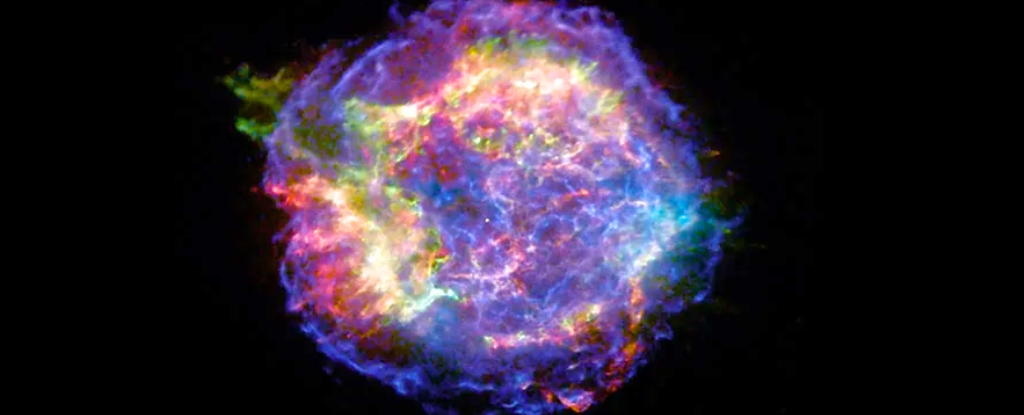
A recent discovery in the Pacific Ocean may point to a supernova explosion that occurred approximately 10 million years ago. Scientists from Germany identified an unusual spike in the radioactive isotope beryllium-10 in seafloor sediments. This isotope forms when cosmic rays interact with the Earth’s atmosphere and subsequently settle on the ocean floor. The unexpected concentration of beryllium-10 deviates from the expected uniform distribution, raising intriguing questions about its origins.
To investigate the anomaly further, a separate team of researchers analyzed data from the European Space Agency’s Gaia survey. They mapped the movements of the Sun and 2,725 nearby star clusters over the past 20 million years. Their calculations suggested that there is approximately a 68 percent chance of a supernova occurring within 326 light-years of the Sun within a million years of the beryllium-10 spike. Notably, they pinpointed 19 star clusters that each had over a 1 percent chance of a supernova event coinciding with the timeline of the anomaly.
Research Findings and Implications
The implications of this research could be significant for our understanding of cosmic events and their impact on Earth. The authors of the study stated, “Our results support the possibility of a supernova origin for the beryllium-10 anomaly.” Yet, the investigation remains ongoing. If the beryllium-10 spike is localized to specific regions within the Pacific Ocean, it may suggest a more terrestrial cause, such as alterations in ocean currents that concentrated the isotope.
Conversely, if the spike is found globally, it would lend credence to the theory of a cosmic event being responsible. To clarify this mystery, researchers plan to collect and analyze samples from various locations worldwide. This could reveal whether the anomaly is indeed linked to a supernova or if local factors played a role in its concentration.
The findings were published in the journal Astronomy & Astrophysics, contributing to the growing body of evidence that connects cosmic events with geological and atmospheric changes on Earth.
As the scientific community continues to unravel the complexities of our universe, this discovery serves as a reminder of the interconnectedness of cosmic and terrestrial phenomena and the ongoing quest to understand our place in the cosmos.






